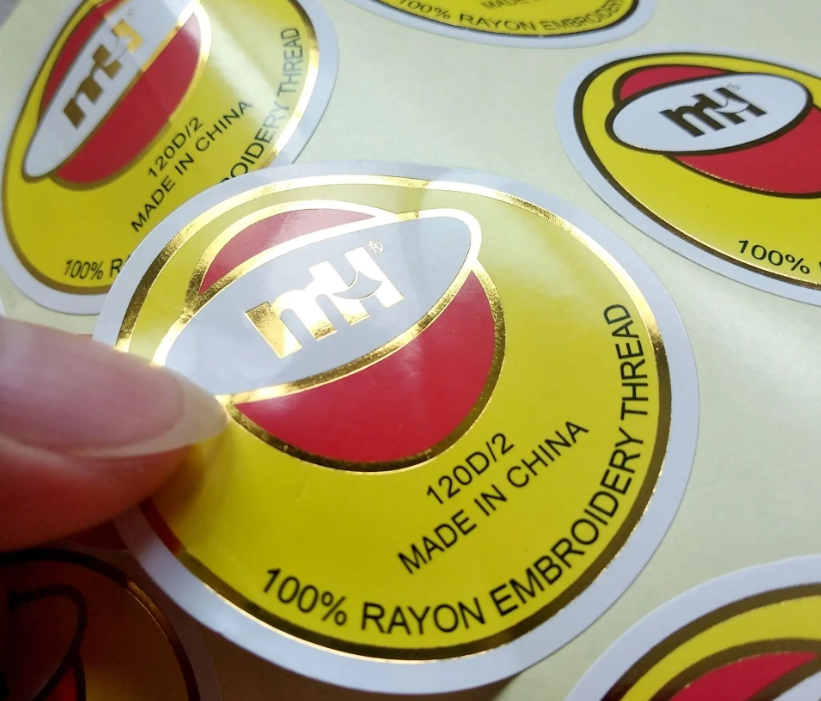Inkjet printing on smooth adhesive surfaces is possible, but there are considerations to keep in mind to ensure a successful print. The key factors include the type of smooth adhesive material, printer compatibility, and ink compatibility. Here are some guidelines for inkjet printing on smooth adhesive surfaces:

**1. Material Compatibility:
- Ensure that the smooth adhesive material you are using is designed for inkjet printing. Many adhesive materials are specifically coated to accept inkjet inks, providing better print quality and adhesion.
**2. Printer Compatibility:
- Check your inkjet printer specifications to confirm its compatibility with the type of smooth adhesive material you plan to use. Some printers may have limitations on the thickness or coating of the materials they can handle.
**3. Ink Compatibility:
- Use inkjet-compatible inks that are suitable for the type of smooth adhesive material. Pigment-based or dye-based inks may perform differently on various surfaces, so choose inks that are recommended for the specific material you are using.
**4. Print Settings:
- Adjust the print settings on your inkjet printer to match the specifications of the smooth adhesive material. This may include selecting the appropriate media type and adjusting print quality settings for optimal results.
**5. Allow for Drying Time:
- Smooth adhesive surfaces may require additional drying time for the ink to adhere properly. Allow printed materials to dry completely before handling to avoid smudging or ink transfer.
**6. Coating Considerations:
- Some smooth adhesive materials come with coatings that enhance printability and ink adhesion. If your material has a coating, ensure that it is compatible with your inkjet printer and inks.
**7. Perform a Test Print:
- Before printing a large batch, perform a test print on a small section of the smooth adhesive material. This allows you to check for print quality, color accuracy, and adhesion before committing to a full print run.
**8. Consider Overcoating:
- Depending on the smooth adhesive material, you may choose to apply an overcoat or clear sealant after printing to protect the ink and improve durability. Ensure that the overcoating is compatible with both the ink and the material.
**9. Storage and Handling:
- Store the smooth adhesive material in a cool, dry place to prevent any changes in the material that could affect print quality. Handle the material with clean hands to avoid transferring oils or contaminants.
**10. Consult Manufacturer Guidelines: - Refer to the manufacturer's guidelines for both the inkjet printer and the smooth adhesive material. Manufacturers often provide specific recommendations and compatibility information to achieve optimal results.
By following these guidelines and conducting thorough testing, you can achieve successful inkjet printing on smooth adhesive surfaces. Always refer to the specific recommendations provided by the printer and material manufacturers to ensure the best possible outcome.
We offer comprehensive technical support, including free professional labeling solutions, advice on label materials and adhesive selection, as well as online/offline assistance from professional software and hardware engineers. Service email: andy@ownlikes.cn. In pre-sales, we leverage our extensive experience in specialty labeling projects to provide clients with the most suitable hardware solutions. Additionally, all our label barcode printers and scanners come with a three-year free warranty, demonstrating our confidence in our products.




